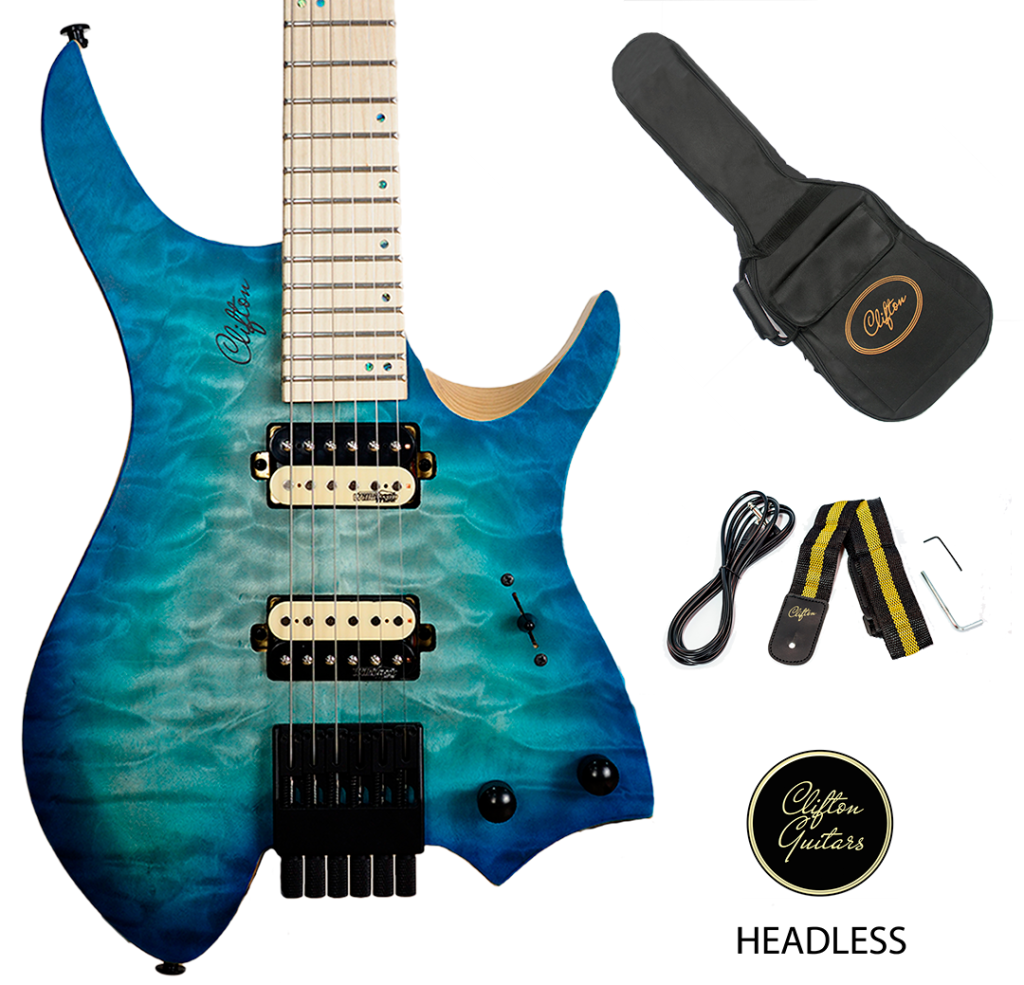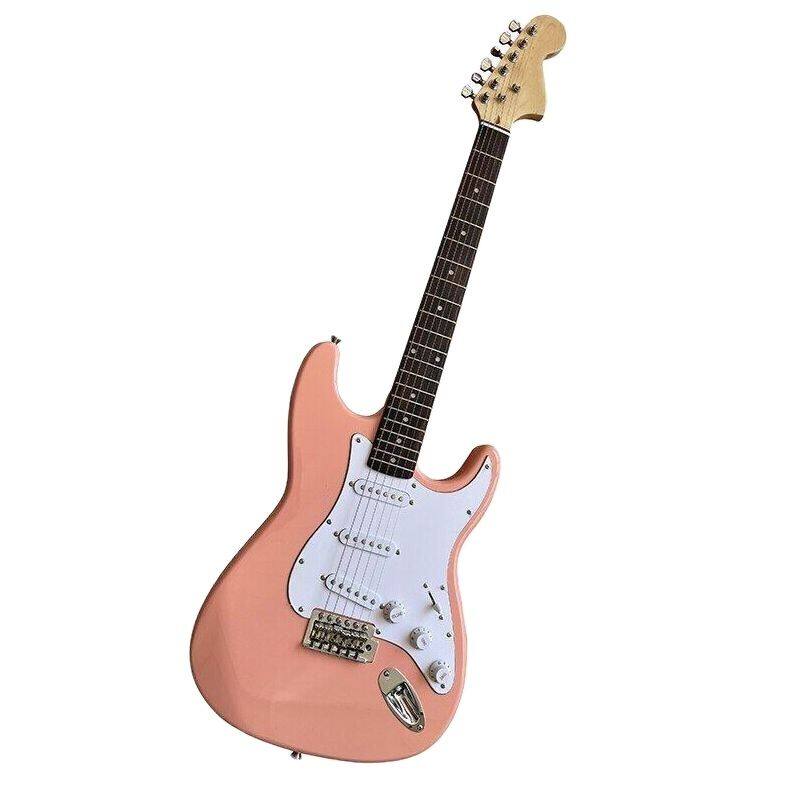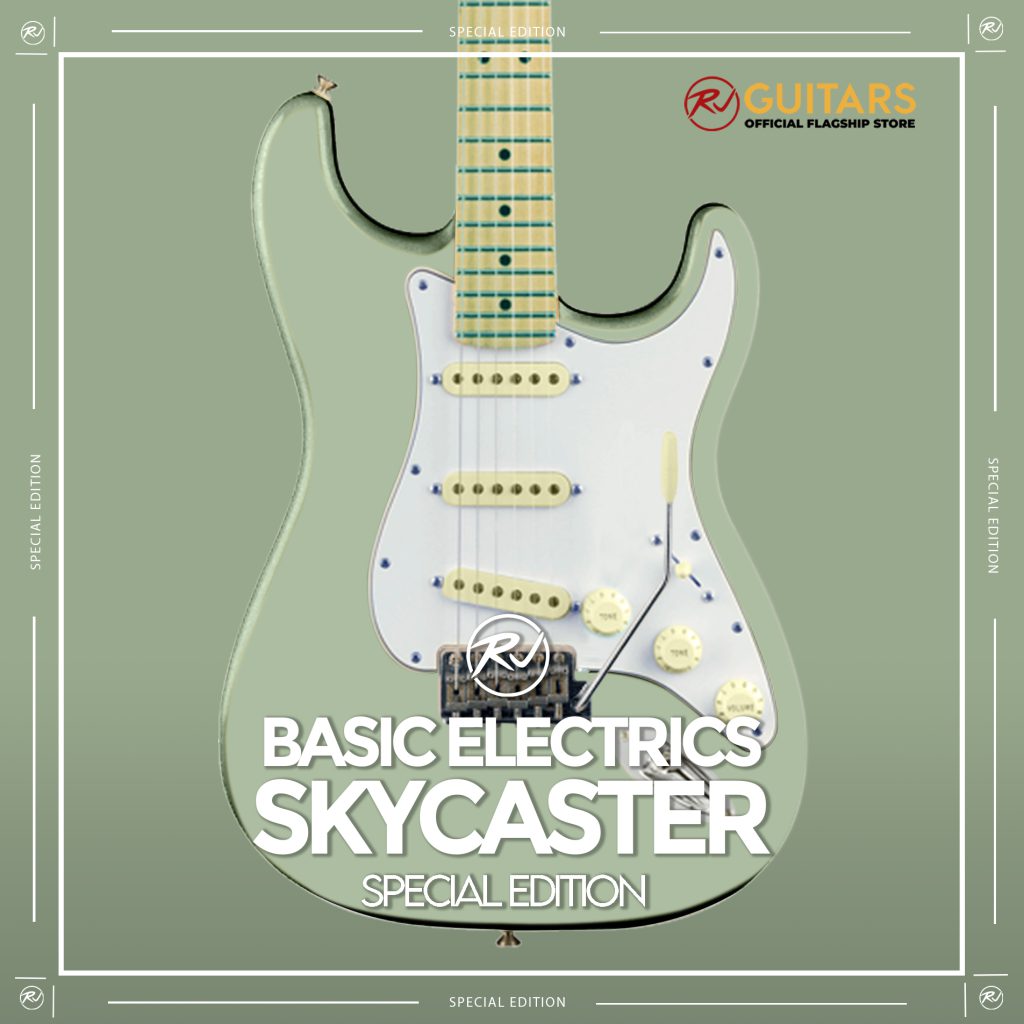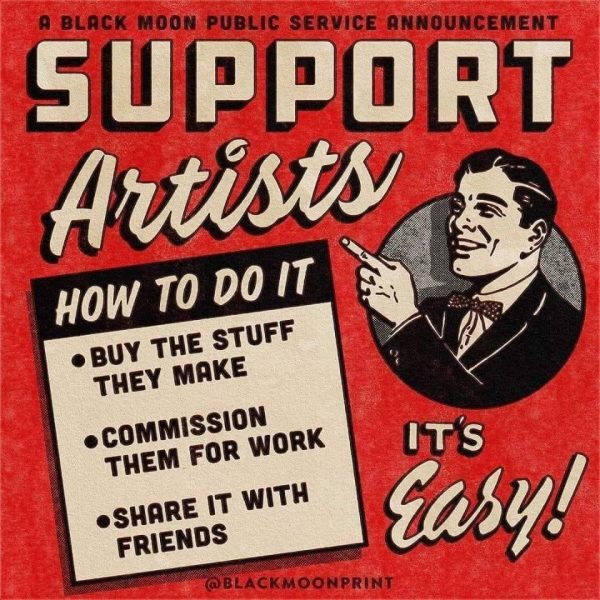Should You Get a Cheap Guitar Copy or Not?
As an Amazon Associate, I earn from qualifying purchases. That means I earn commissions from my sponsored links or I make money when readers (you) purchase items through my links. Your purchase allows me to continue working as a stay-at-home dad who moonlights as a farmer and a musician. Needless to say, this post contains affiliate links.
Who hasn’t played a cheap guitar copy of a Strat, Tele, or Les Paul? I know I have. I’ve also owned several guitar clones of famous brands and models over the years.
These days, I play a cheap guitar copy of a Strat from Slender. It’s funny how they didn’t even try to mask their attempt at copying the iconic brand and model. Save for some obvious features, it can pass off as a genuine Fender Strat.
But it is nowhere near an original US, Mexico or Japan Fender Strat. Let’s just get that out of the way.
So, if it’s Not Going to Sound Like a Strat, Why Bother Getting One in the First Place?
I started seriously playing guitar at 20 years old and enrolled in Yamaha School of Music at SM Megamall to understand music better as a profession. I realized quickly that I wasn’t as gifted as I believed I was.
Still, that didn’t stop me from playing guitar as a serious hobby.
And when I started playing, I didn’t have enough funds to buy a guitar from brands like Fender, Gibson or Ibanez. So, I had to go to V Mapa in Sta. Mesa to buy a cheap guitar copy of a Strat. It was, at that time, around Php 1500 or $30.
It was playable and sounded good enough.
It survived several gigs before I broke it in two out of frustration over fret buzz and uncontrollable feedback.
I eventually graduated to a Squier Strat which was far better than that knock off. Eventually I got my hands on a Mexico and Japan Fender Strat. I thought I’d never look back at my humble beginnings because of those two.
Let me just tell you that if a Mexico or Japan Fender Strat sounded so good, how much more for a US Strat, right? I haven’t had the opportunity to get one and I probably won’t for a long time, but I’d love to get my hands on one.
The thing is, everyone wants to get that iconic guitar their musical heroes play but it’s usually out of their price range. A cheap guitar copy of the model they like brings them closer to their musical aspirations without breaking the bank.
Pros and Cons of Getting a Cheap Guitar Copy
Let’s go into the pros and cons of getting a cheap guitar copy over the real thing.
Pros
It’s Cheap
Make no mistake about it, this is the first real consideration why someone would get a cheap guitar copy over the real thing. A genuine Fender Strat is going to cost you anywhere from Php 100,000 to $200,000 ($2000 to $4000) and up.
A knock off will only cost you Php 5,000 to Php 20,000 ($100 to $400) . And Php 20,000 is stretching it. With that budget, I’ll just go for a Squier which is an official Fender brand.
Good for Beginners
I’m not going to say it’s a great choice for beginners because two of my closest friends received good instruments from Washburn when they were starting out as guitarists and they really improved fast.
But for those who aren’t sure about their long-term commitment to music, buying a cheap guitar copy is a good choice over shelling out hundreds of thousands of pesos on an instrument only for it to sit in the closet for many years.
Modern Copies are Better Now
Guitar-making has come a long way. These days, there are really good copies that can rival the quality of those produced by Squier or Yamaha. Philippine companies like RJ Guitars and Clifton are now able to compete with the likes of these companies.
Other companies like Elegee, are even recognized internationally as a high-quality guitar builder.
So, with the trajectory that guitar-makers are taking, it won’t be long before Fender or Gibson have to sit up and take notice.
You Probably Won’t Cry if You Break It.
One of the most satisfying feelings I’ve had onstage was smashing a cheap guitar copy in two. It wasn’t as easy as what was shown on MTV but then again I found out later on that those guitars were designed to break apart easily upon contact with the floor.
Mine kind of bounced off the wooden surface of the stage at first. It gave my arms a jolt and I had to do it two or three more times before the neck broke. The crowd cheered while I did it thinking it was part of the show.
Let me just say that at Php 5,000 or less, a cheap guitar copy won’t make you feel so bad when it breaks. In fact, that price point may be the reason why you’re not playing or getting better at the instrument because you started out with a very low investment in the hobby.
Good for Modding
My bandmate, Glenn, has a Strat from SQOE. The amount of money he’s put into that guitar to upgrade it is enough to buy him 2 or 3 more SQOE Strats.
But then again, he bought that specifically for modding purposes.
The pickups alone have made that Strat sound ten times better than when he first got it.
And that’s why I say, cheap guitar copies are great for modding.
Cons
Low-Grade Hardware and Electronic Components
One of the main reasons why knock offs don’t sound as good as the original is because of the low-grade electronic components in them. They’re bound to be scratchy or emit so much noise.
A quick upgrade can significantly improve the sound. Focus on the pickups first. And then the wiring.
Check the bridge and saddle system too. Those may also need some upgrade because alternative guitar manufacturers often skimp on the price of the hardware to bring the prices of their guitars down even further.
Don’t even get me started on the tremolo system. Those are far more likely to break than hold up to a vigorous shaking. And don’t even expect the tuning stability to remain when you touch it.
Quality Control is Almost Non-Existent
I used to annoy a lot of those guitar shops in V Mapa because I would spend hours and hours choosing guitars from their display and playing them. The thing is even similar looking guitars sounded very different from each other.
That’s because they didn’t really have a good Quality Control measure in place when producing those guitars.
Low to No Resale Value
I see a lot of cheap guitar copies being sold on Facebook. I rarely see them getting bought. A cheap guitar copy has almost no resale value. You’re better off just giving it to a friend or a relative if you’re tired of it.
Uses Low-Quality Wood
Although I am still on the fence about tone woods, the low-quality wood used in cheap guitar knock-offs does affect the overall sound. They don’t have as much ability to maintain tone or stability.
Setup is Urgently Needed
Although all guitars need setting up, cheap guitar copies need it even more so. One of the things I really hated about cheap guitar copies was the string height. And cheap frets. Plastic nuts. Neck alignment. Oh, the list goes on…
I highly suggest that you befriend a local luthier if you’re planning on buying a cheap guitar copy. You’re gonna need their services a lot.
What to Look for When Buying a Copy
Years of buying cheap guitars have led to these qualifiers that I have in mind before I hand over my money.
Body Construction
One of the things I initially look for in a cheap guitar is the wood used to make it. Mostly it’s going to be alder or basswood for me. Those also seem to be the most common. But then again I’m not too afraid of trying different types of wood out.
As long as it’s not plywood. And believe me, I’ve owned a few guitars that were made of plywood. I didn’t know at that time and I just didn’t care because those were eventually going to get smashed for onstage theatrics. It helped that they were priced really cheap.
They also broke very easily.
Another thing to look out for is the neck pocket. Make sure the neck fits and there are no gaps. If that portion is painted, put it back and walk away. That is a cheap method guitar makers employ to hide inconsistencies in their builds.
Neck Quality
I prefer unpainted maple necks. Make sure that the neck is straight and the frets are level, well-dressed, and have no sharp ends. You can check for how straight it is by looking down the neck from the headstock.
You should also test for fret buzz. Press the strings on the first and 12th fret. The gap at the 7th should be minimal.
Hardware Issues
These are things I immediately check when buying a cheap guitar.
- Loose tuners – Tuners should turn smoothly without excessive play or binding.
- Poor bridge alignment – Bridge saddles should be aligned properly. Height screw should work smoothly.
- Rough-feeling pots – Turn the knobs. It should be smooth and not scratchy.
- Scratchy selector switch – Test all positions.
- Output Jack – should be tight enough to hold the cable in without fear of it slipping out with the slightest movement.
Sound
Electric guitars rely on pickups to produce sound. Cheap guitar copies often come with low-quality pickups. They may be playable but they will leave much to be desired. Still, if you don’t have the budget for better pickups, you’d want a playable guitar to begin with.
So, for pickups, resist the urge to go on overdrive immediately. Check the cleanness of the sound in all selector positions. The volume should be consistent across all pickups and there shouldn’t be any crackling when you adjust the volume or tone knobs.
Let’s start with playing the guitar using a clean channel. What you’re looking for is a good string balance and clear note definition. You’ll also want to avoid dead spots. Check each string and adjust the pickup height as you go along to maintain consistency.
Don’t hurry this process because it’s more important for a guitar to sound clean in its most basic form than to buy a load of effects to make it sound good.
Once you’re content with the clean sound, it’s time to go for how it sounds overdriven.
Yay!
Switch to overdrive and check compression and note clarity. A good overdriven sound has well defined notes and isn’t muddy. You’ll also want to check on feedback resistance. Move around and find the sweet spots.
You’ll want a guitar that can handle overdrive well without massive feedback.
Check the volume control and roll it to see how it tapers from low to high volume. There should be consistency across the board and no sudden drops.
Cheap Guitar Copy Price Brackets and What to Expect
Php 5,000 to Php15,000 ($150-300) Range:
- Basic playability
- Will likely need setup
- May need electronics upgrade
- Good for beginners
Common Issues
- Fret sprout (sharp ends)
- Poor nut cutting (causes tuning issues)
- Weak pickups
- Loose input jacks
- Bridge saddle burrs
- Poor shielding (noise issues)
- Solution costs:
- Fret dress: Php 3,000 – Php 4,000
- New nut: Php 2,000 – Php 3,000
- Shielding: Php 2,000 – Php 2,500
Php 15,000 to Php 25,000 ($300-500) Range:
- Much better quality control
- Decent electronics
- Good tuning stability
- Suitable for gigging
Common Issues
- Inconsistent fret leveling
- Bridge block quality
- Tuner stability
- Electronics longevity
- Solution costs:
- Fret level: Php 5,000-7,500
- Bridge upgrade: Php 4,000-5,000
- Tuner upgrade: Php 3,000-4,000
Php 25,000 to Php 40,000 ($500-800) Range:
- Very close to Mexican Fender quality
- Could be better than budget genuine Fenders
- Excellent mod platforms
- Gig-worthy out of the box
Common Issues
- Minor finish flaws
- Pickup inconsistency
- Setup issues
- Solution costs:
- Setup: Php 2,500- 3,500
- Pickup upgrade: Php 10,000-15,000
Common Upgrades Needed on a Cheap Guitar Copy:
- Tuners (Php 1,500-3,000)
- Pickups (Php 7,500-15,000)
- Electronics (Php 2,500-5,000)
- Bridge (Php 4,000-10,000)
- Nut (Php 2,000-3,000)
So, Should You Get a Cheap Guitar Copy or Not?
Getting a copy or getting the real thing still depends on your preference or your budget. Although I was once so enamored by Fender and I still dream of owning an American Strat, it’s not as much as when I was younger when I really wanted or needed to have one.
These days, practicality weighs more in my decision making.

And brands like Charvel (under Fender) and Kramer (under Gibson) are producing better guitars (in my opinion) than their mother brands. Philippine brands like Clifton are also making it more difficult for me to choose foreign brands due to my nationalistic pride.
So, if you’re going to buy a cheap guitar copy, always do the following:
- Always play before buying if possible and check the neck alignment and electronics thoroughly.
- Have a budget of around Php2,500 to Php 4,000 for a professional setup. And as an option, even more budget for upgrades.
- Do your research because quality varies. There are Youtube videos that’ll help make this even more fun.






